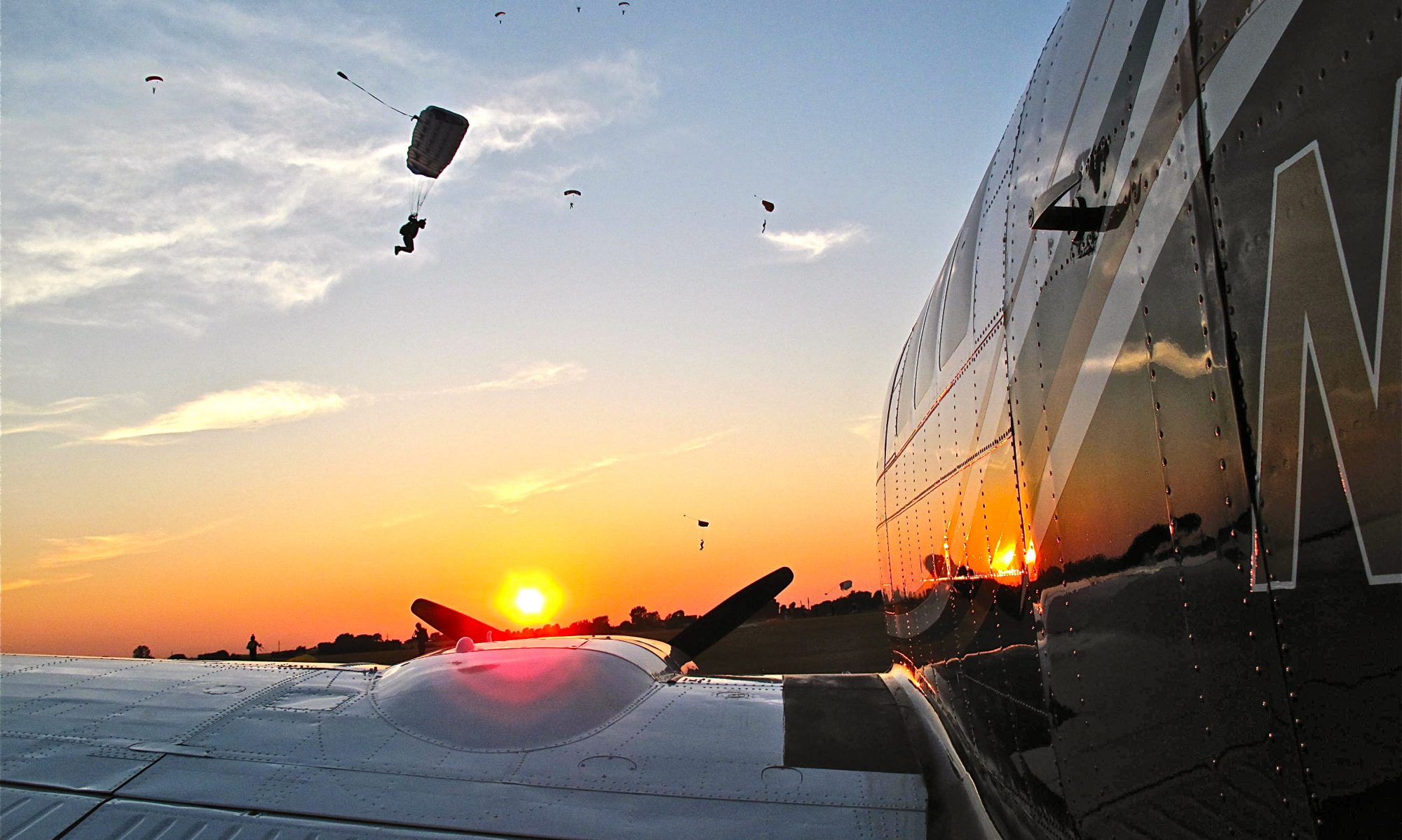A little not enough gas
By lex, on July 21st, 2004
A quick sea story (not mine, I am only a messenger) now that I’ve introduced the concept of in flight refueling.
A friend of mine was coming back from a shore detachment in Oman, lo these many years ago. They’d been ashore for a couple of weeks, and were due back to the carrier, operating on the line at the extreme edge of the range feasibility arc for the returning fighters.
Who were also carrying a lot of captive ordnance and extra external fuel tanks – hauling trash on the wing stations increases drag, which in turn increases fuel consumption rates. Having enough gas to get aboard was going to be dicey – making it back to Oman once they’d passed the mid-point was out of the question.
After they got overhead the ship in relatively crappy weather (the North Arabian Sea in the summertime is routinely a mess), they were instructed to hold overhead until the deck could be made ready for their recovery. The recovery time had come and gone without the marshall controllers having passed along any approach instructions: The clock was ticking, the fuel was being burned and those little hairs on the back of the pilots necks were starting to prickle.
The flight lead called down to the ship and asked, if they weren’t too busy to tell him, what the hell was going on down there, anyway?
“We’re running downwind,” came the terse reply.
Which the lead thought would have been a grand thing to do back before the fighters had shown up overhead, looking to land. Turned out that the ship’s navigator had stumbled a bit over the charts, and the ship had been half way through her turn into the wind before an alert quartermaster’s mate mentioned that the recovery course would have them aground before the recovery was complete. Shoal water.
If you’re a ship’s CO and the choice is one of running 85,000 tons of aircraft carrier aground in the North Arabian Sea, or delaying the recovery until you’ve won some sea room, well – let’s just say that’s no choice at all.
Good news though! There was a USAF tanker 50 miles to the north, according to folks in air operations. The eight-ship of fighters was vectored to the north, keen to get radar contact and get in the basket, getting that few extra few thousand pounds of Air Force gas that would make their naval lives just that bit more comfortable. It was going to be tight.






